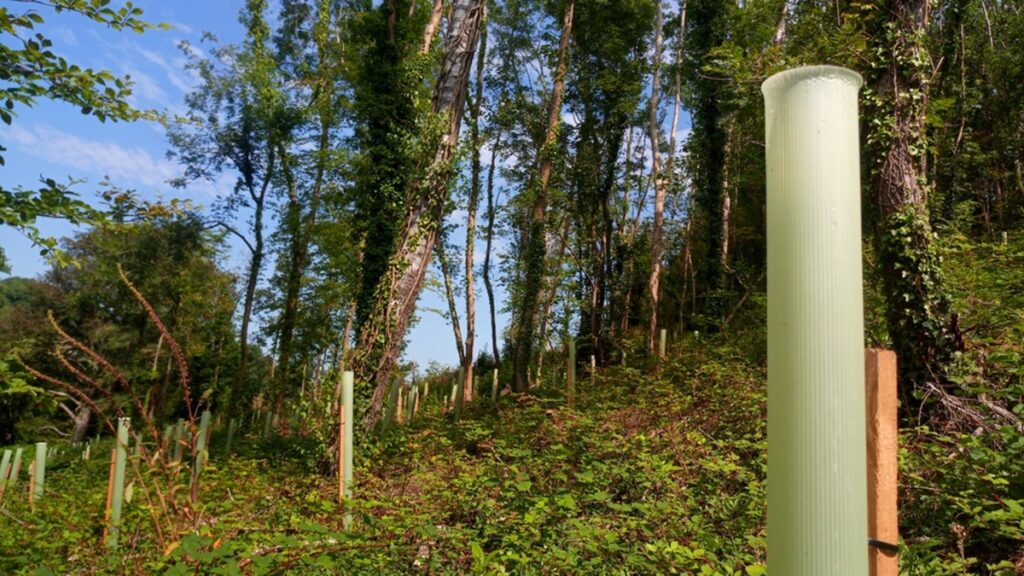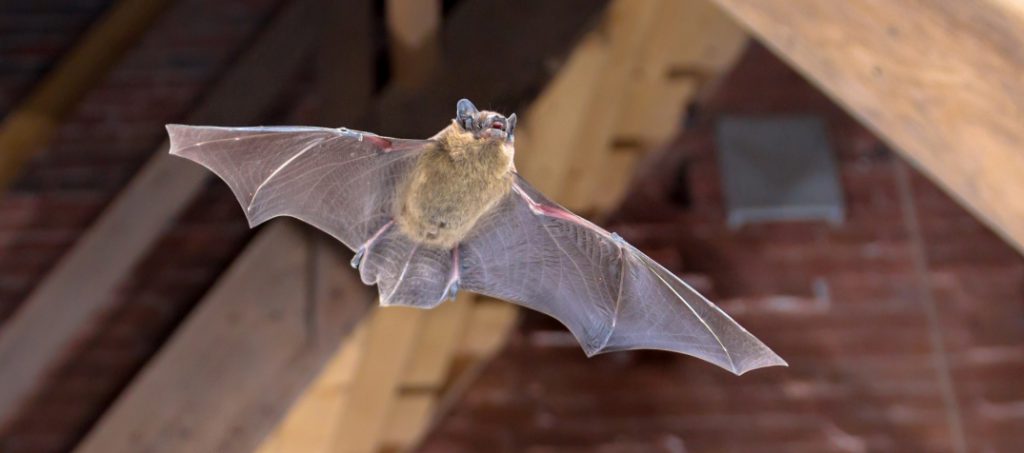Ecology Surveys and BNG Plans: Pre-Development Planning
The introduction of biodiversity net gain (BNG) into UK law through the Environment Act, which attained Royal Assent in 2021, has reshaped how development projects in West Yorkshire are planned and delivered.
The principle of BNG is that biodiversity must be in a measurably better state after development than it was before construction began.
For most planning applications across West Yorkshire, biodiversity net gain is now a legal requirement alongside existing planning policies. Developers must therefore work with experienced ecological consultants to assess the biodiversity value of a site before and after development.
Where the post-development value falls short, measures must be put in place to deliver at least a 10% net gain in biodiversity. This may be achieved through on-site habitat creation, the purchase of off-site biodiversity units, or a combination of both. All measures must be documented, evidenced, and approved by the local planning authority before planning permission can be granted.
Biodiversity Net Gain and the Planning System
Since February 2024, mandatory biodiversity net gain has been in place as a statutory obligation across England, including in West Yorkshire, rather than just a policy preference. Alongside the Environment Act, BNG is embedded in the National Planning Policy Framework (NPPF) and supported by Natural England’s guidance, Local Nature Recovery Strategies, and West Yorkshire’s ecological priorities.
To avoid costly project redesigns or planning delays, developers in the region should integrate biodiversity net gain considerations into their project design from the earliest stages to ensure negligible ecological impacts if possible. Protecting key environmental assets, such as ancient woodlands and priority habitats, is central to BNG policy.

West Yorkshire Ecology
West Yorkshire is a diverse region that combines major urban centres such as Leeds, Bradford, Wakefield, Huddersfield and Halifax with extensive rural landscapes, valuable natural habitats and designated nature conservation sites.
The county includes parts of the Pennines, the River Aire and River Calder valleys, ancient woodlands, reservoirs, moorlands, and local nature reserves. These important areas for West Yorkshire ecology are home to wildlife including species protected by law such as bats, badgers, otters, water voles, and great crested newts.
Any biodiversity net gain plan in West Yorkshire must consider these ecological features to ensure developments do not affect important sites, compromise local wildlife populations or the ecological connectivity that links habitats across the county.
Local Planning Authority Stance
While the local authority in most parts of West Yorkshire encourages development to grow the local economy and provide opportunities, conservation of the natural environment has become more important since the implementation of the Environment Act.
Local authorities, including Leeds City Council and Wakefield Council, are increasingly aligning their planning strategies with local nature strategies to prioritise ecological enhancement when considering new development and decision making.
This means that biodiversity net gain bng proposals are carefully scrutinised to ensure they deliver measurable, lasting improvements in line with regional priorities.

Preparing a Biodiversity Net Gain Assessment in West Yorkshire
A preliminary ecological appraisal on a development site may indicate the need for a biodiversity net gain assessment. If so, before submitting a planning application in West Yorkshire, the first step is to commission a biodiversity net gain assessment from a qualified ecologist.
This begins with a baseline biodiversity survey that records existing habitats, evaluates their condition, and maps the site’s ecological value using the government’s statutory biodiversity metric. Depending on the site, additional ecology surveys for protected species may also be required.
Once the baseline has been established, the ecologist will project the biodiversity value after development, factoring in proposed landscaping, creation of new habitats, and long-term management plans. If the Defra biodiversity metric calculations do not meet the minimum 10% net gain requirement, further recommendations will be made, which may include additional habitat enhancements or involve off site compensation. The purchase of biodiversity units may be proposed.
By having this work carried out early, developers can ensure their planning applications meet biodiversity net gain requirements and proceed smoothly through the planning process.

Delivering On-Site and Off-Site Biodiversity Net Gain
For many developments in West Yorkshire, biodiversity net gain can be delivered directly on-site. This might involve creating species-rich wildflower meadows, planting native woodland, restoring riverbanks, or incorporating green infrastructure such as living roofs and wildlife-friendly sustainable drainage systems (SuDS).
Where site constraints make it impossible to deliver the full 10% on-site, developers can secure off site compensation in the form of biodiversity units from accredited habitat banks. These represent measurable habitat improvements delivered elsewhere in the region, ideally within West Yorkshire, so that ecological benefits remain local.
As a final option, statutory biodiversity credits can be purchased, but this is intended only as a last resort. We advise clients on the legal and practical requirements of conservation covenants linked to off-site biodiversity net gain.

Further Surveys
Alongside biodiversity net gain, many sites in West Yorkshire require additional ecology surveys to comply with planning regulations. These can include an ecological impact assessment, bat surveys, badger surveys and surveys for great crested newts, otters, reptiles, and nesting birds.
Because protected species legislation operates alongside biodiversity net gain policy, early survey work is essential to ensure that all ecological constraints are fully addressed and integrated into the BNG plan.
Following the mitigation hierarchy of avoiding, minimising, and compensating for biodiversity loss ensures compliance with planning law and wildlife legislation.

The Biodiversity Net Gain Plan
A biodiversity net gain bng plan sets out how a development will deliver the required uplift in biodiversity. It contains detailed information about new habitat and different habitat types to be created, enhancement measures, environmental management and monitoring schedules, and evidence that biodiversity improvements will be maintained for at least 30 years, as required by law. The plan will advise on securing additional biodiversity units if required.
In West Yorkshire, local planning authorities expect BNG plans to align with Local Nature Recovery Strategies and other regional ecological objectives.
By following the mitigation hierarchy and providing clear evidence of habitat enhancement, developers can meet both legislative requirements and local ecological priorities.
Expert Biodiversity Net Gain plans in West Yorkshire
Our ecology consultancy provides biodiversity net gain assessments and plans across Yorkshire and the wider UK. We deliver the full process, from baseline ecological surveys, river condition assessment reports and statutory metric calculations through to habitat creation advice and long-term monitoring strategies.
We work with major applications, infrastructure projects, commercial businesses, residential developments and private householders on small or household development, ensuring that biodiversity net gain delivers biodiversity improvements and is seamlessly integrated into project design.
Where off-site delivery is required, we provide expert guidance on sourcing biodiversity units, meeting conservation covenant obligations, and ensuring compliance with the planning system across West Yorkshire.
Our consultants are accredited to the Chartered Institute of Ecology and Environmental Management and their in-depth knowledge of local ecological priorities and habitat networks means our bng plans are not only legally compliant, but also tailored to the environmental context of the region.
A Free Quote for Biodiversity Net Gain West Yorkshire
If you are required to provide a bng report alongside a planning application in West Yorkshire, we can provide a free, no-obligation quote: contact us today with the site address and further information about your proposed development.
If you decide to accept our quote, we will arrange a convenient site visit, carry out the necessary baseline surveys, and prepare a full BNG plan that maximises your chances of planning approval while delivering measurable ecological benefits for the long term.